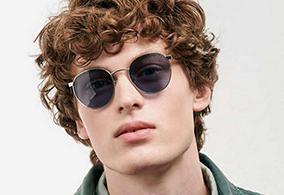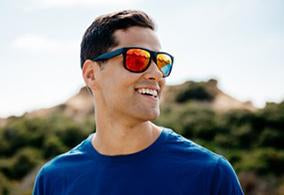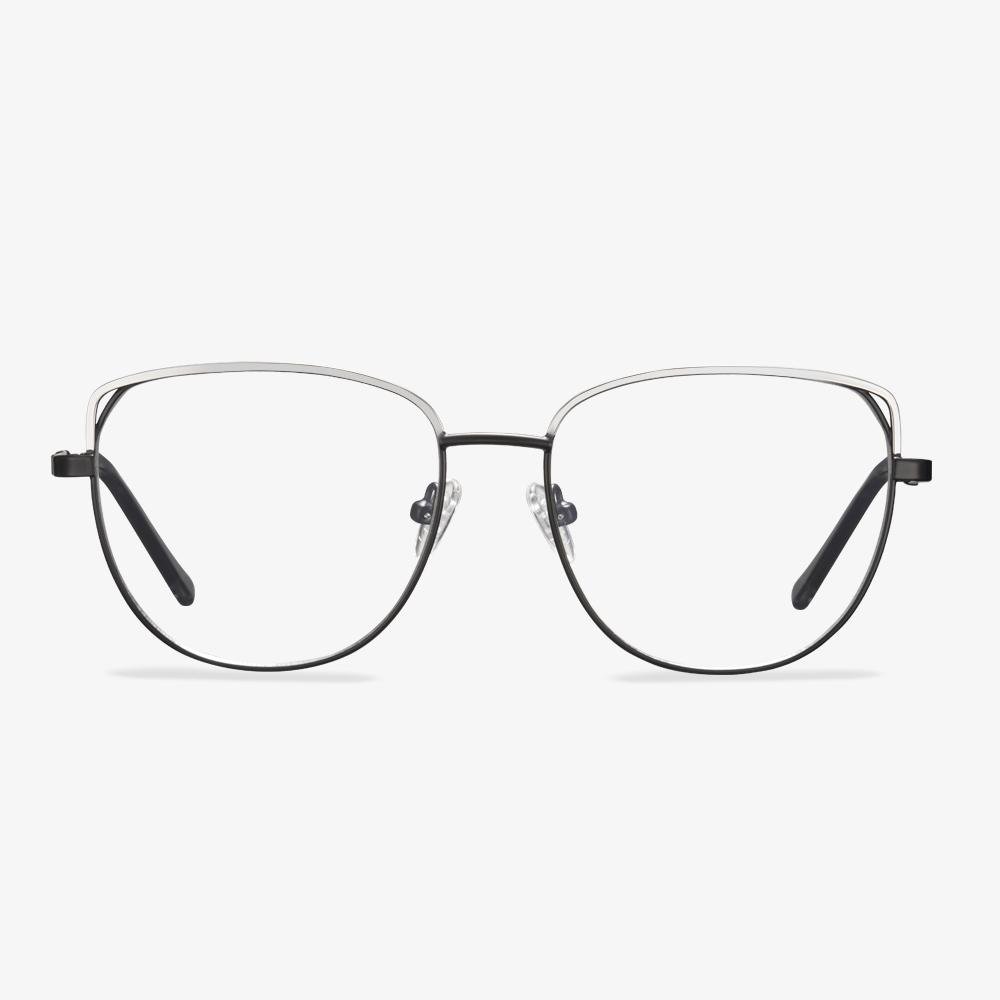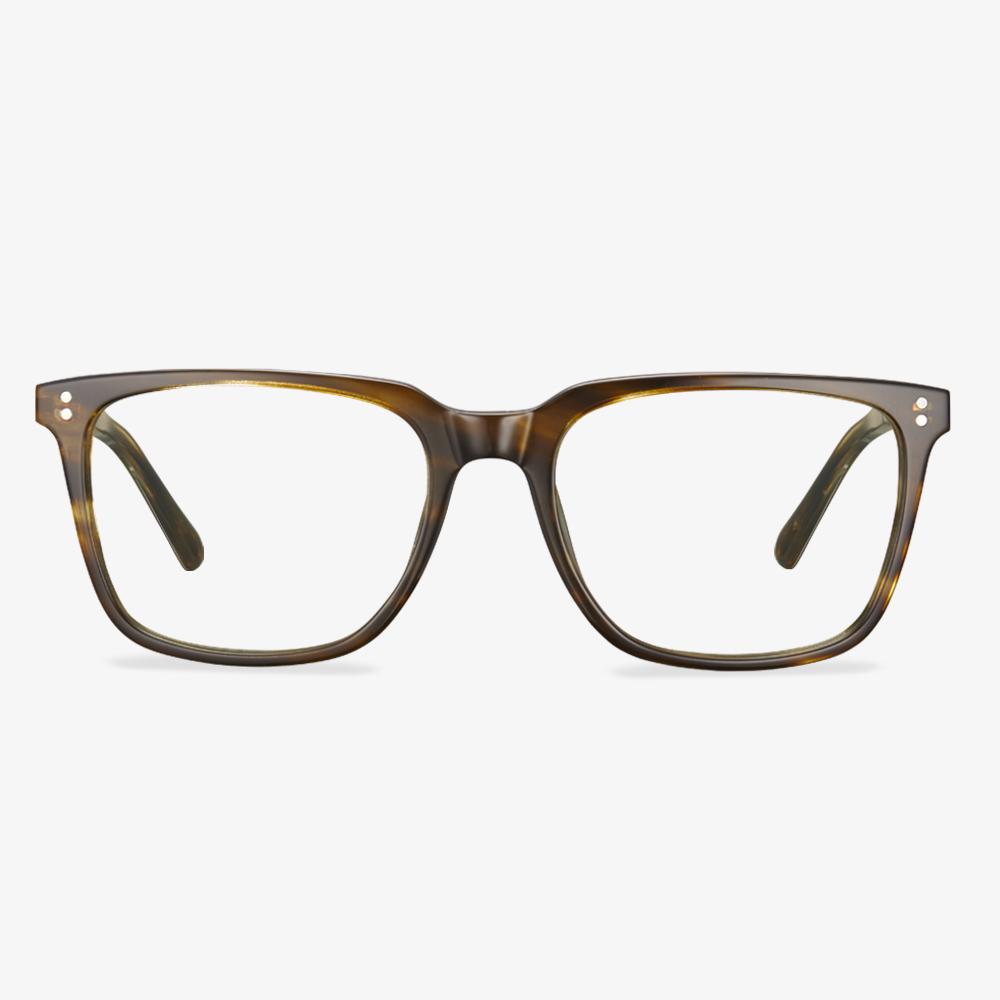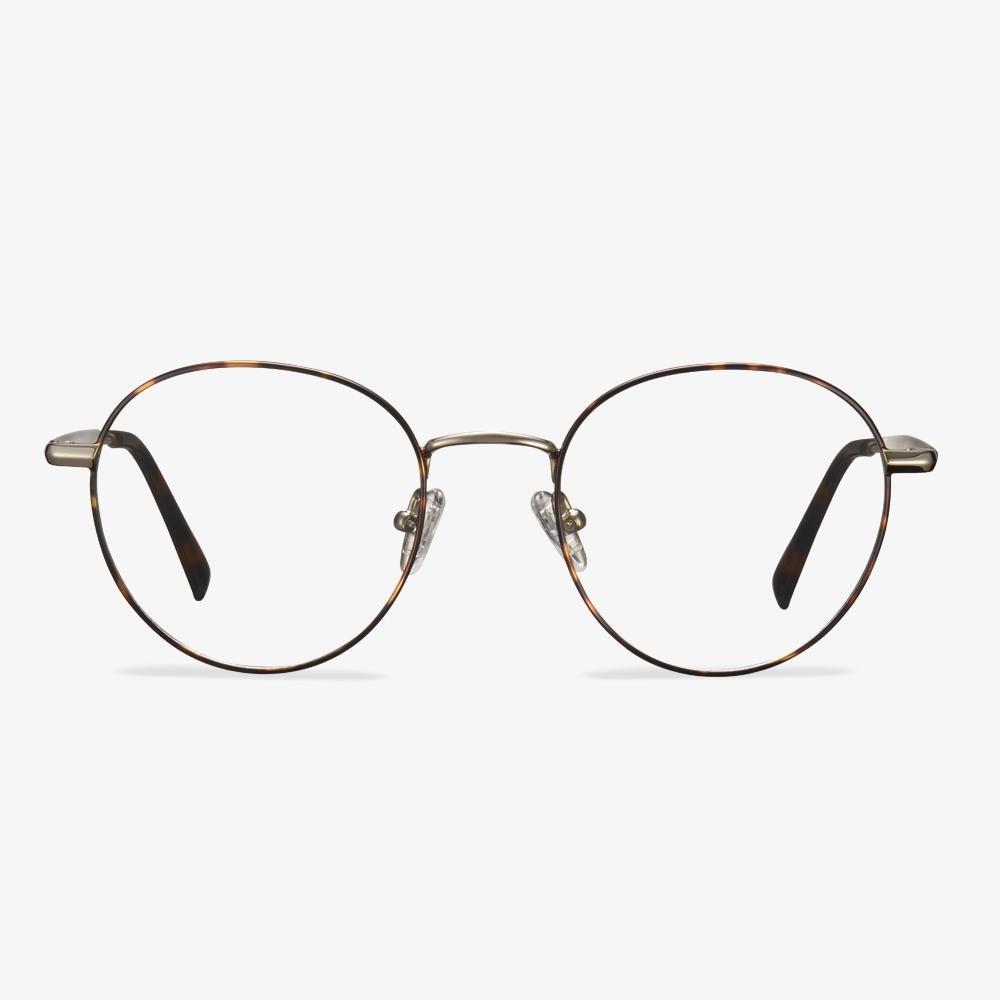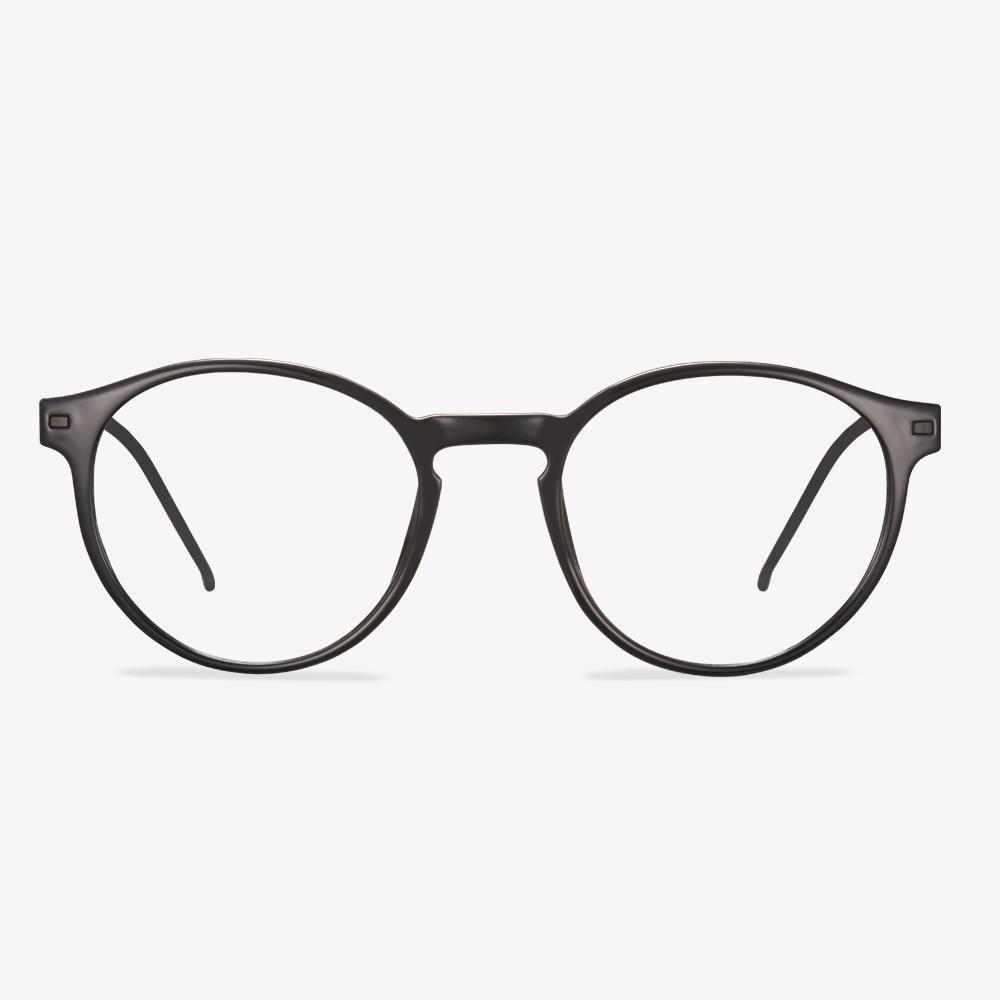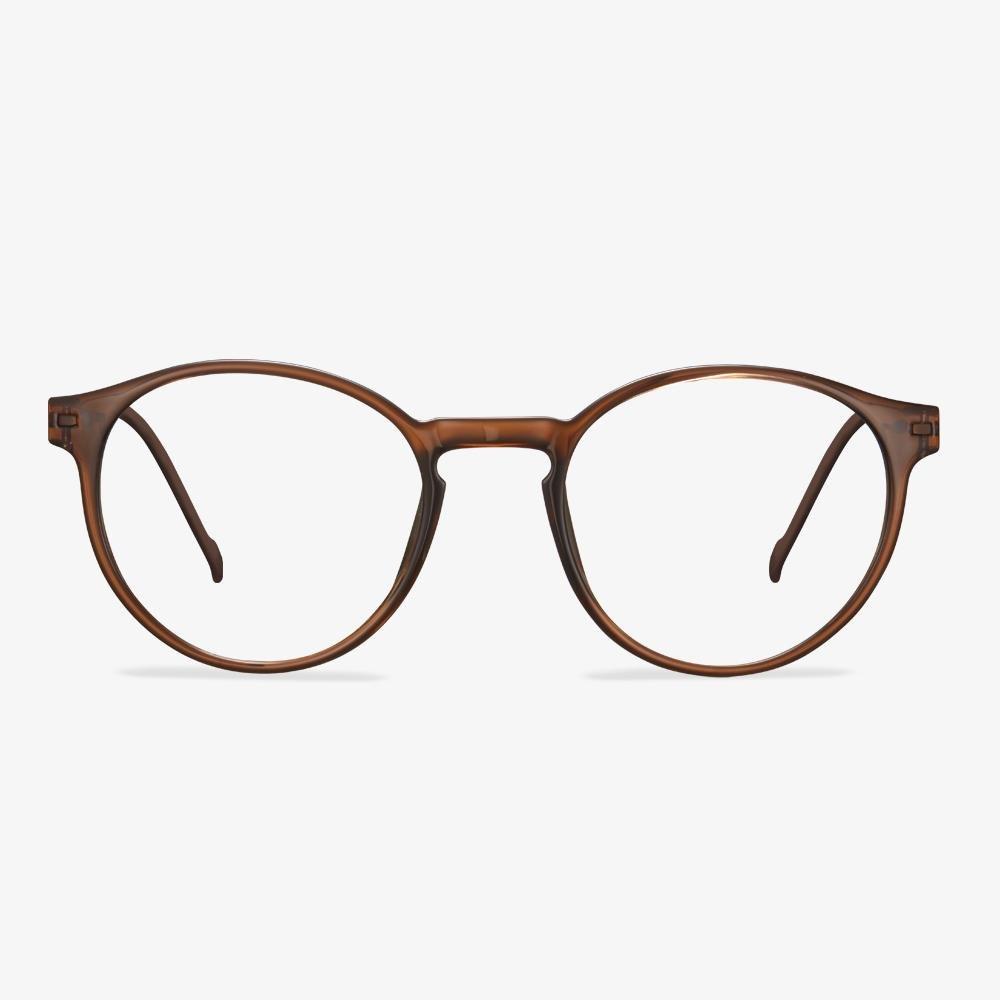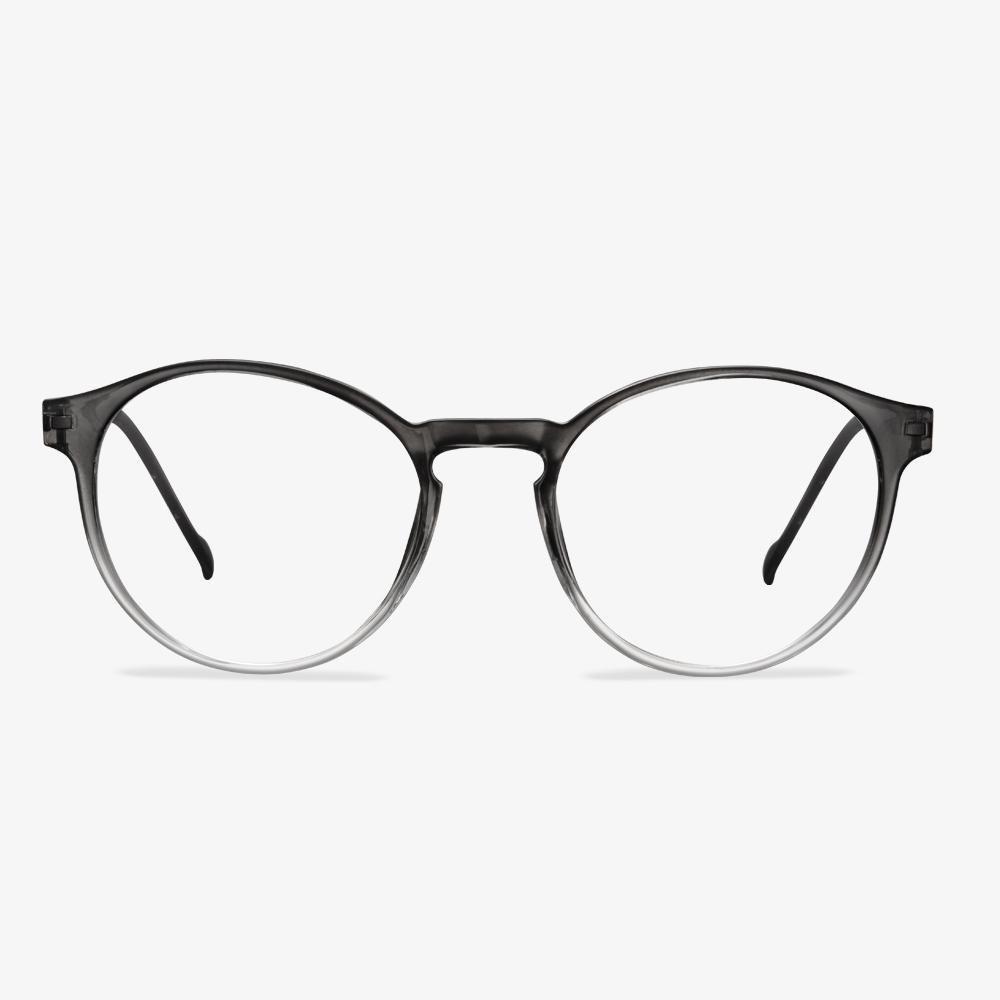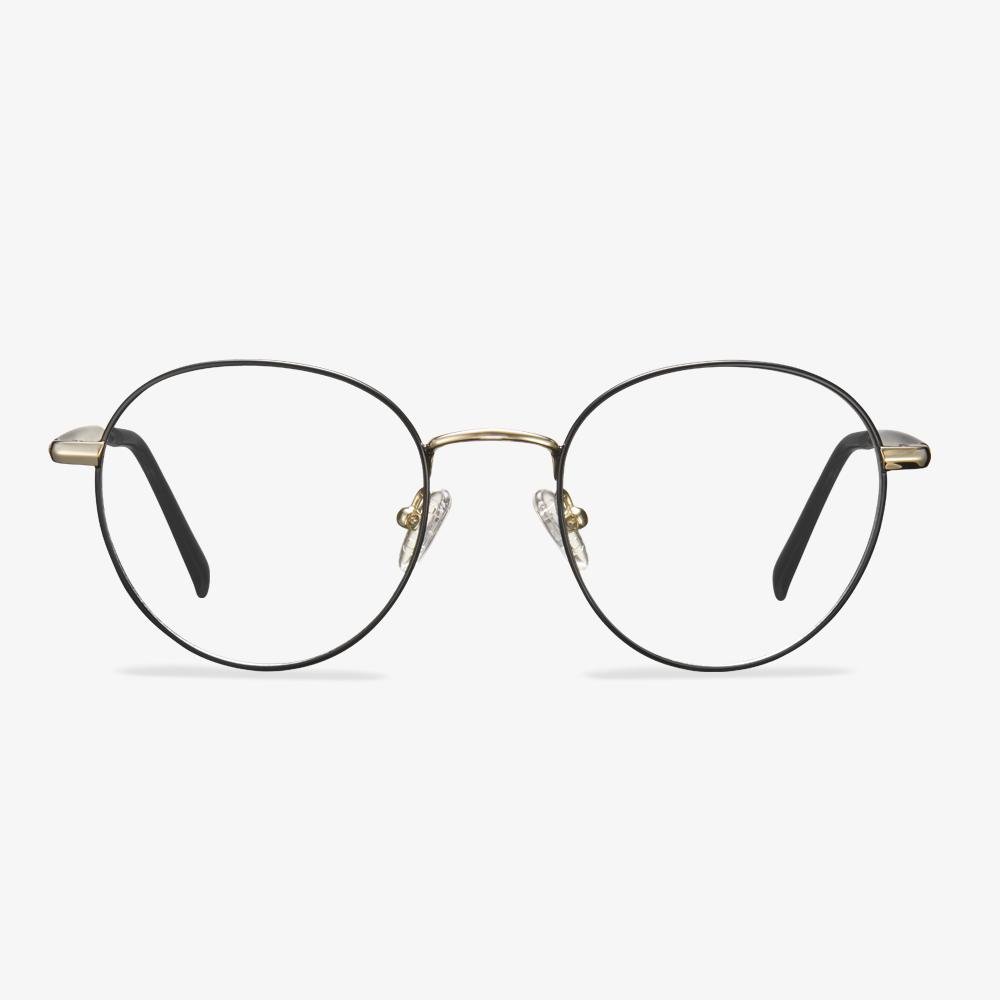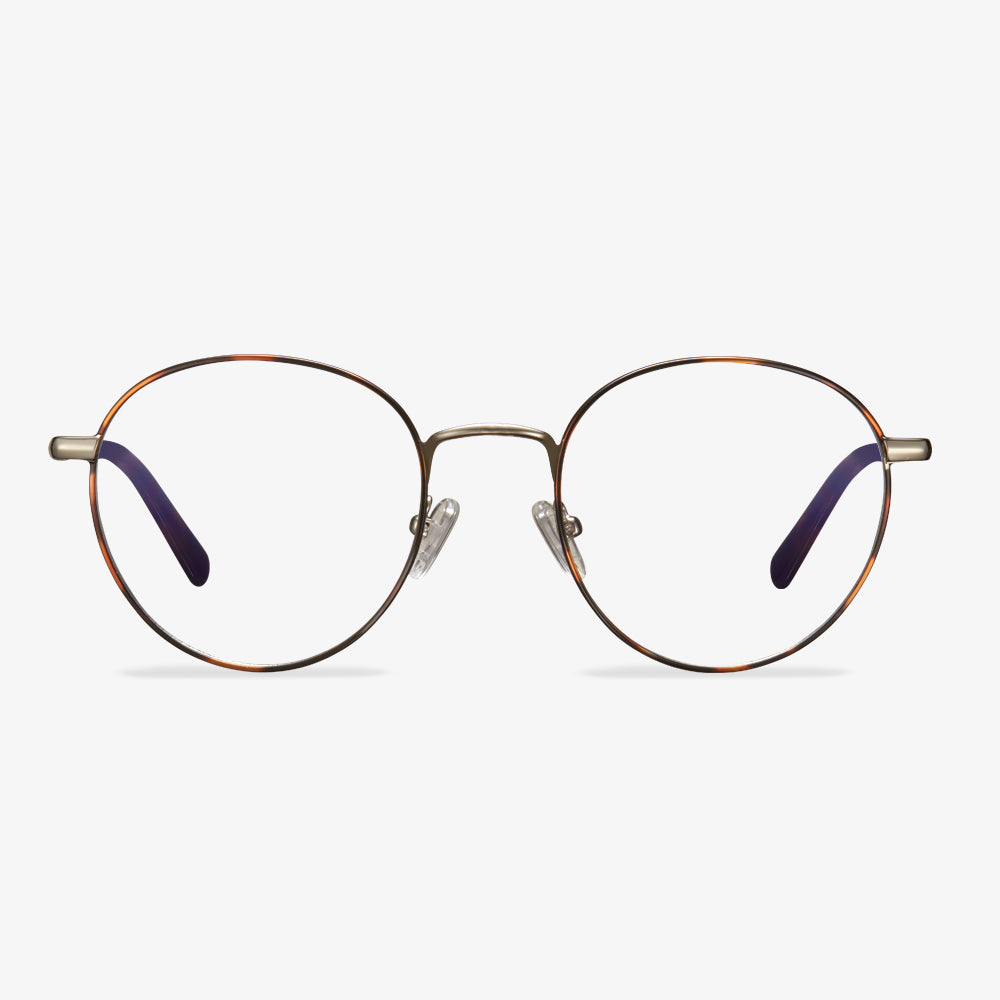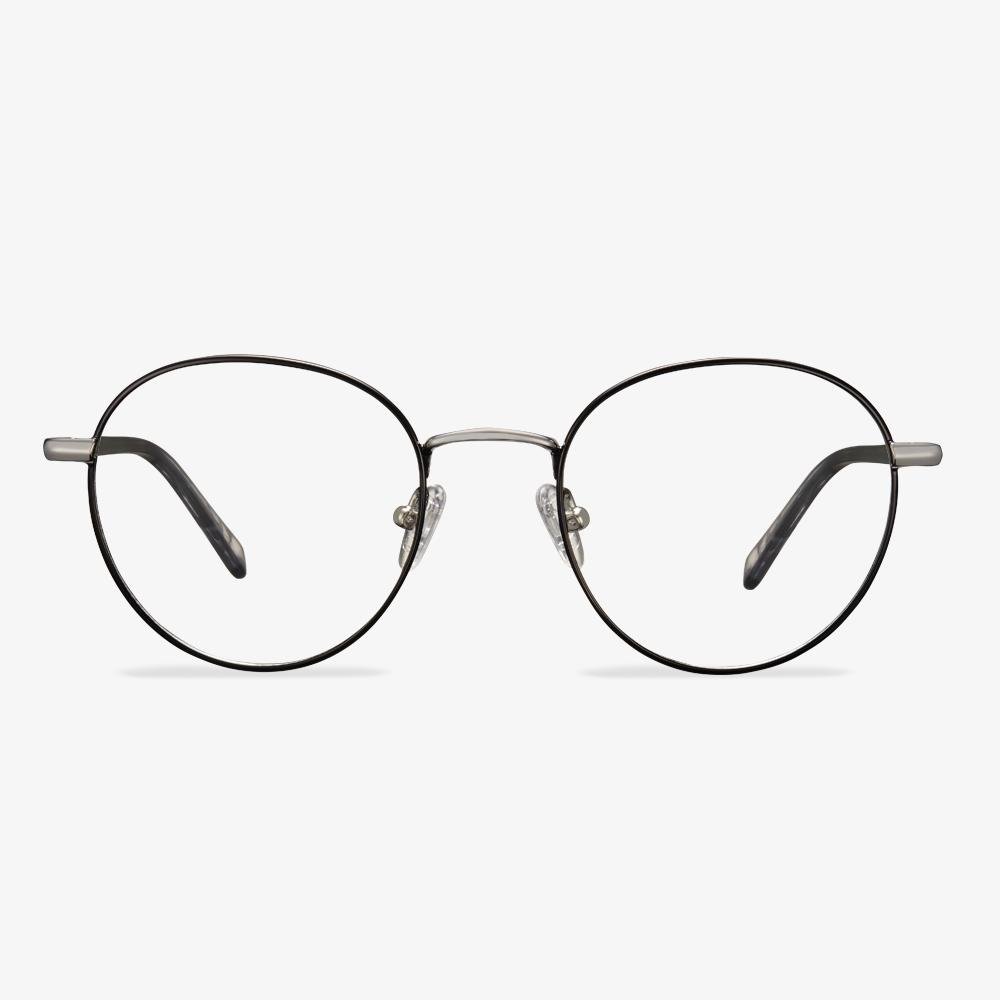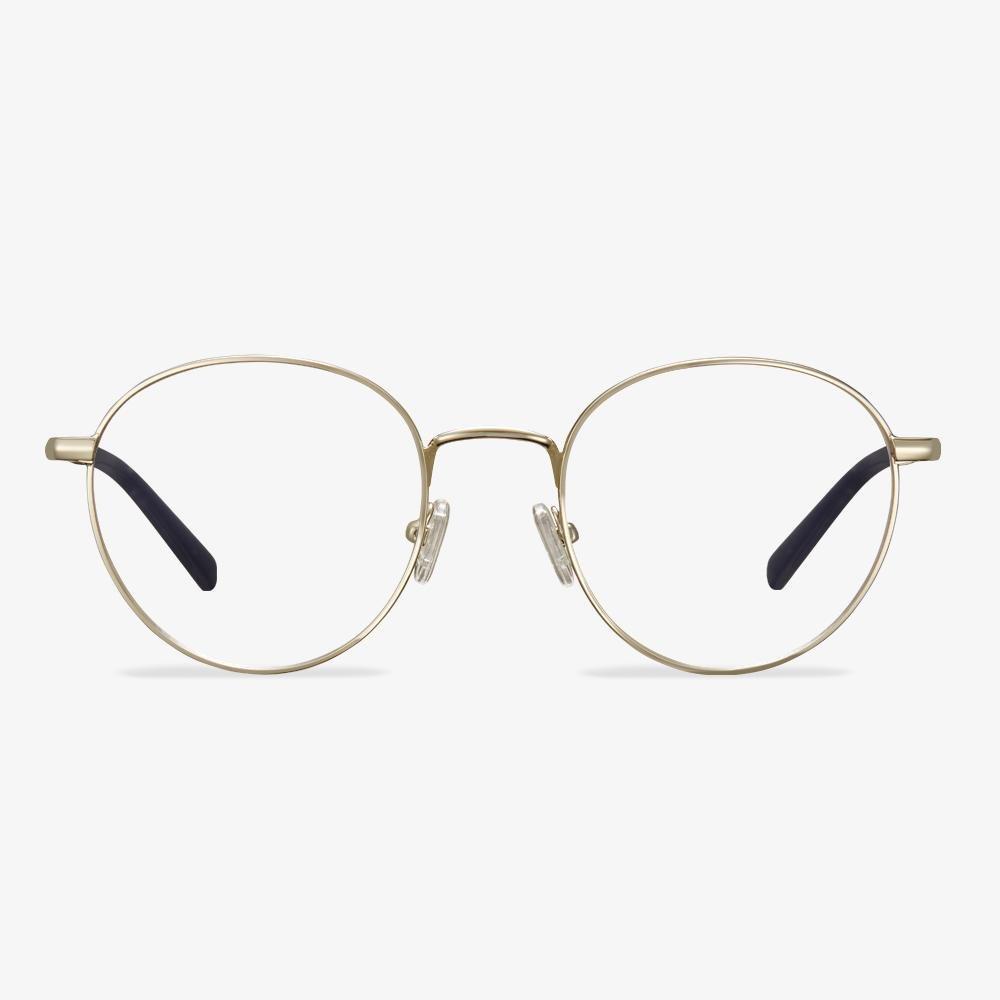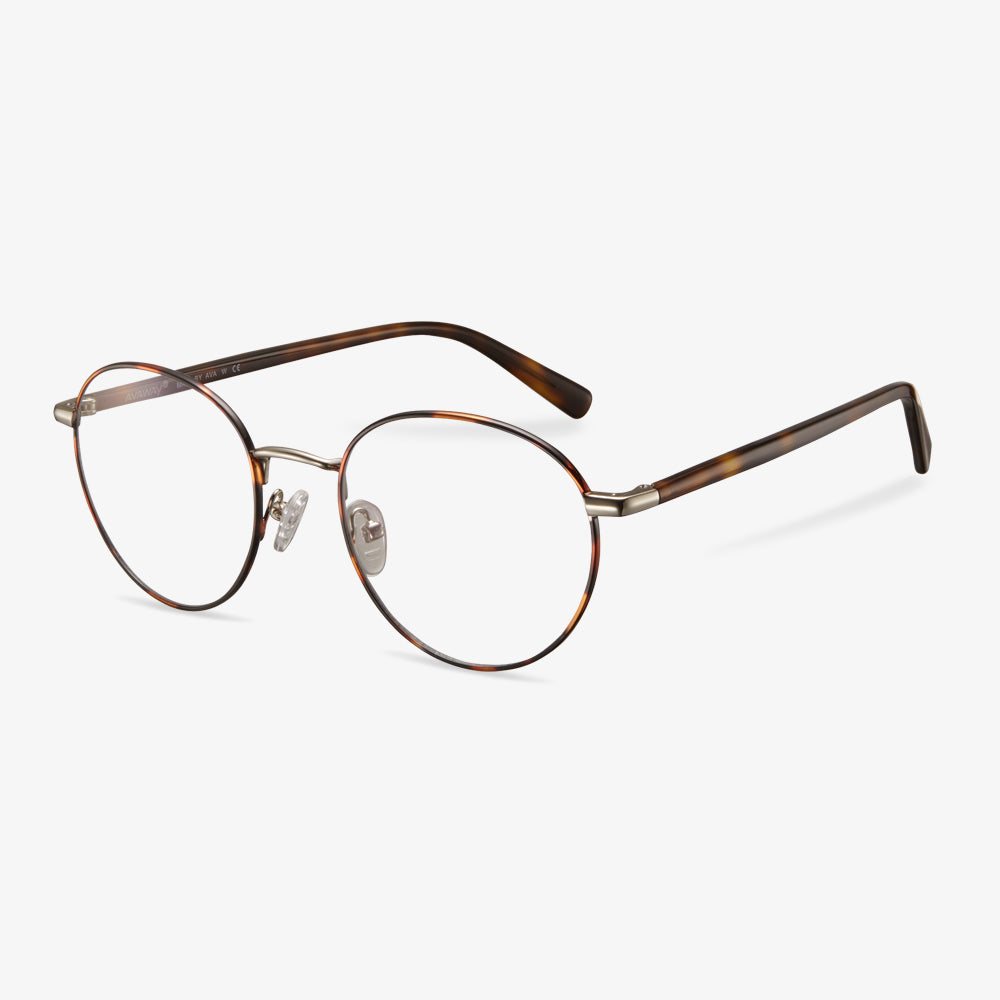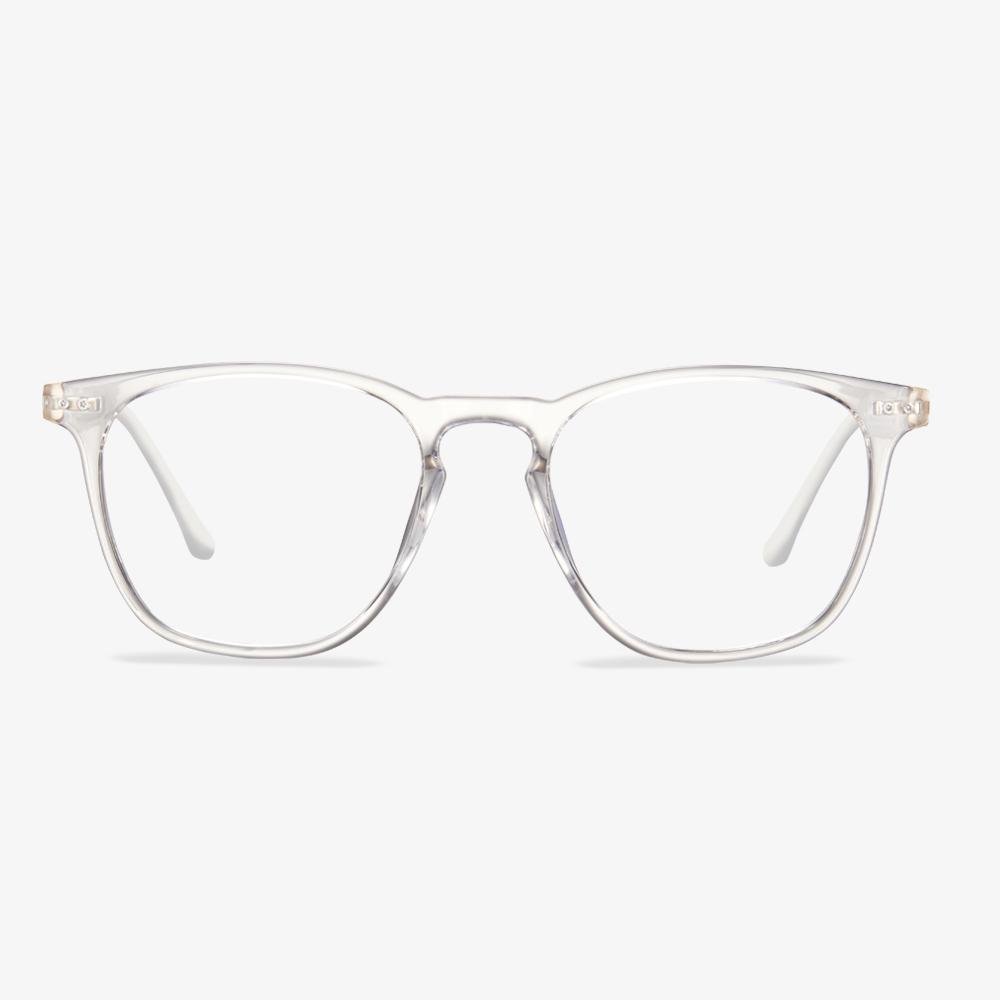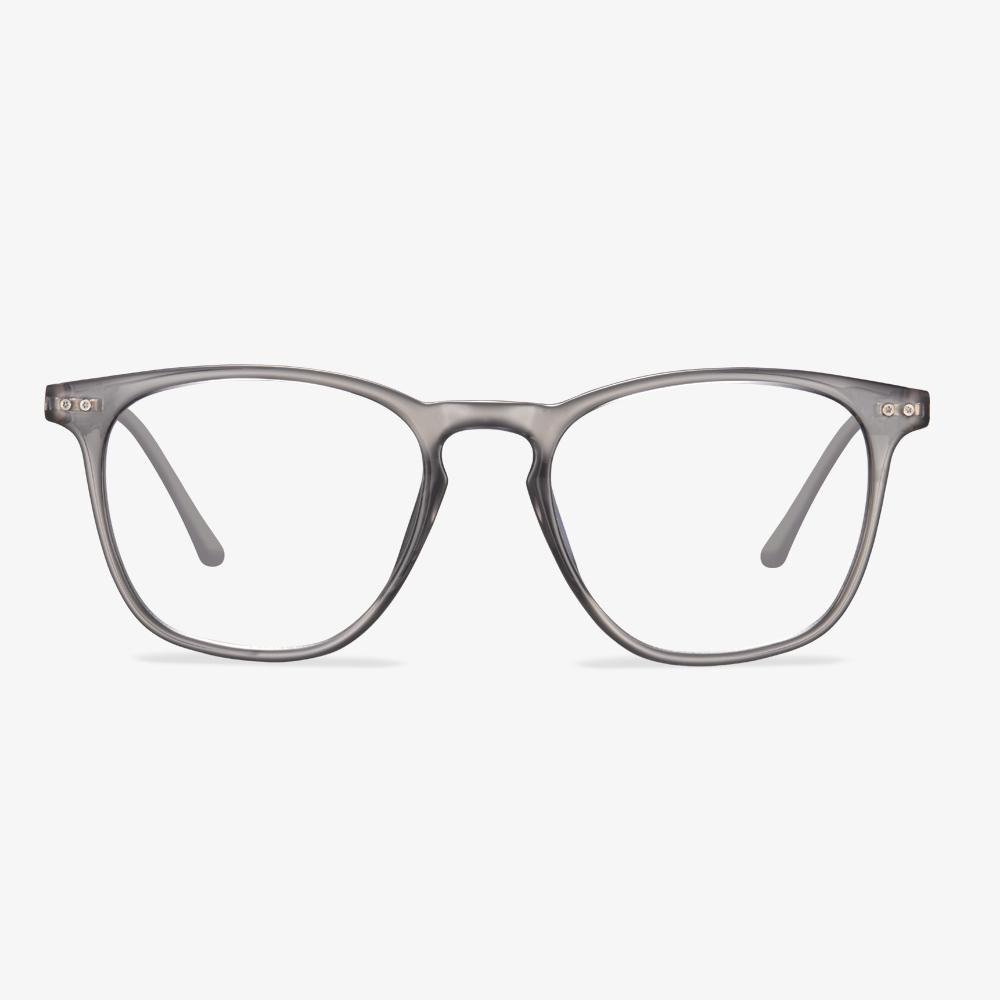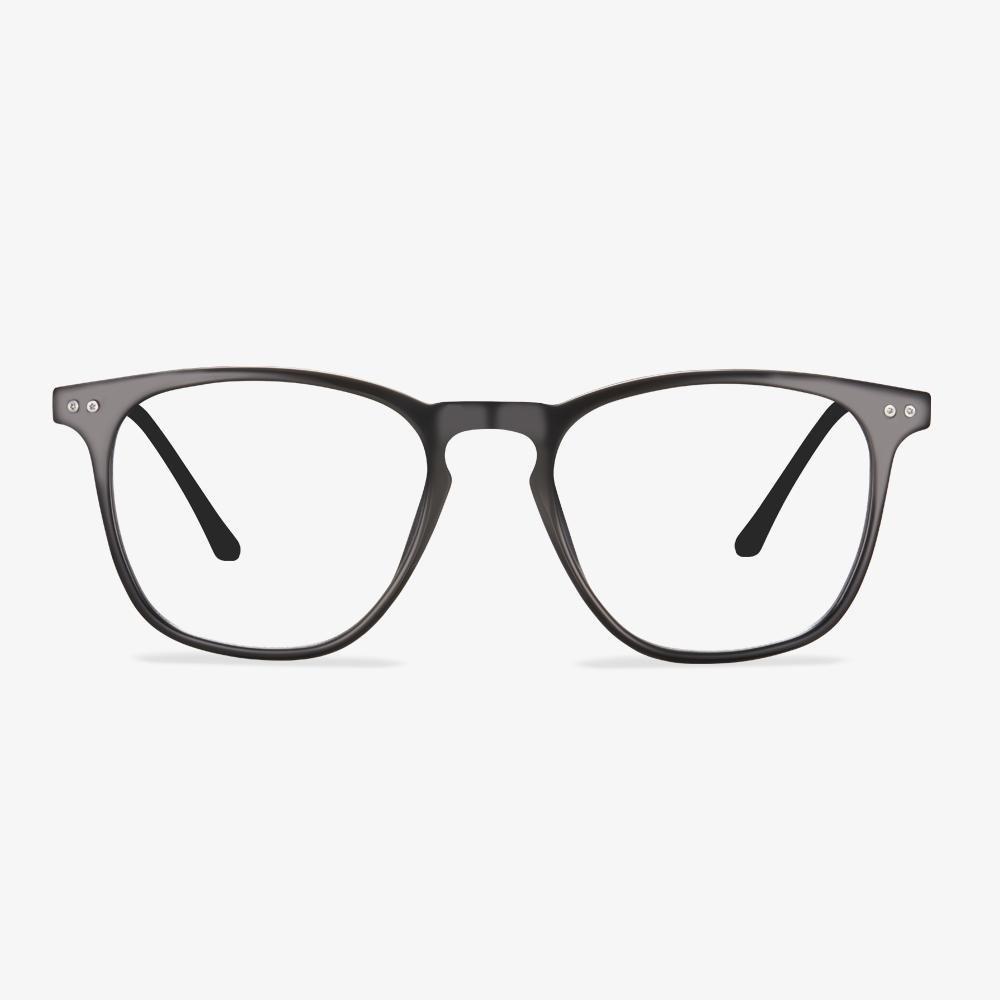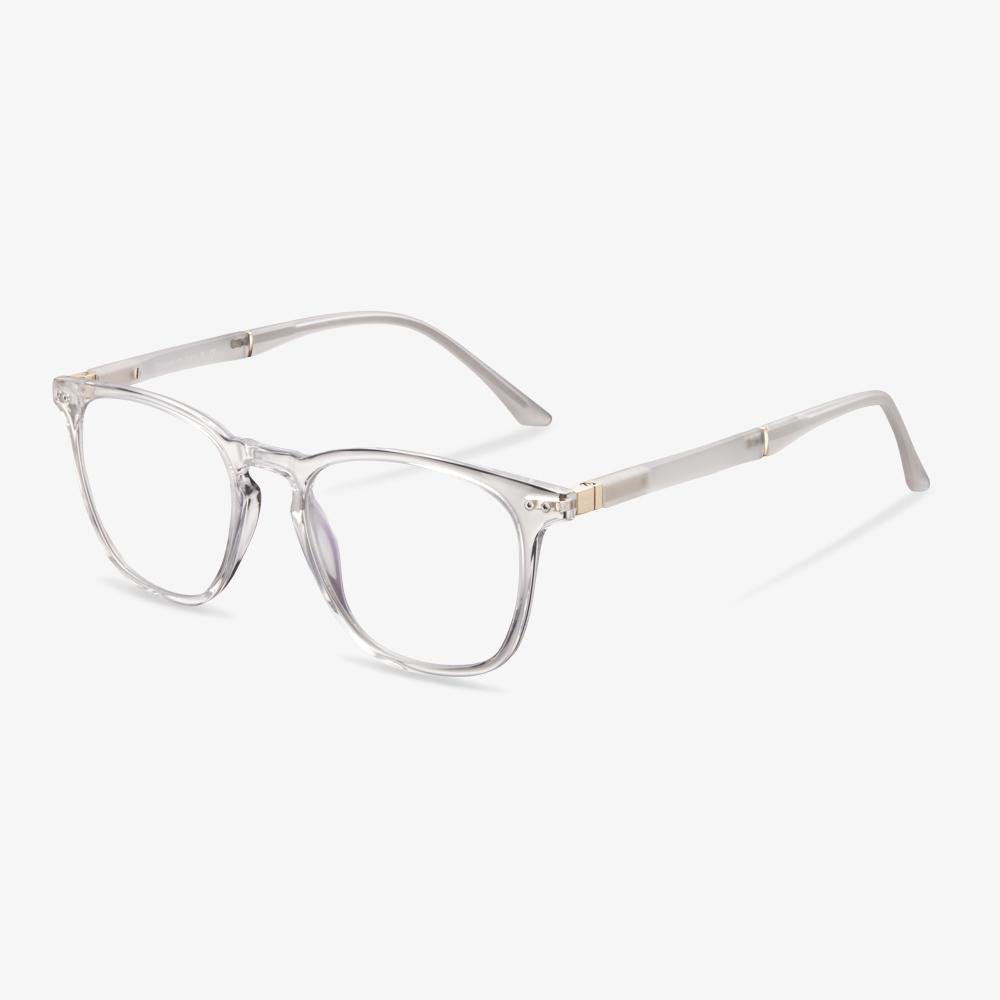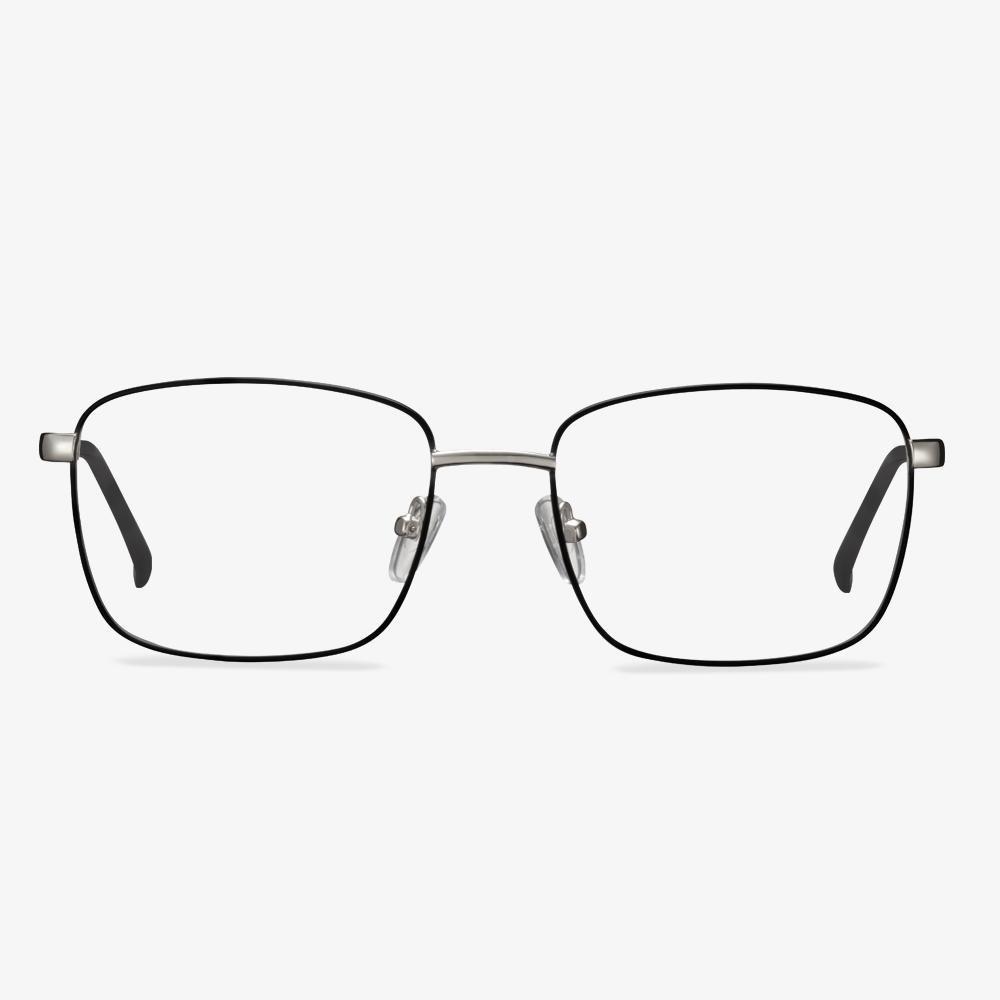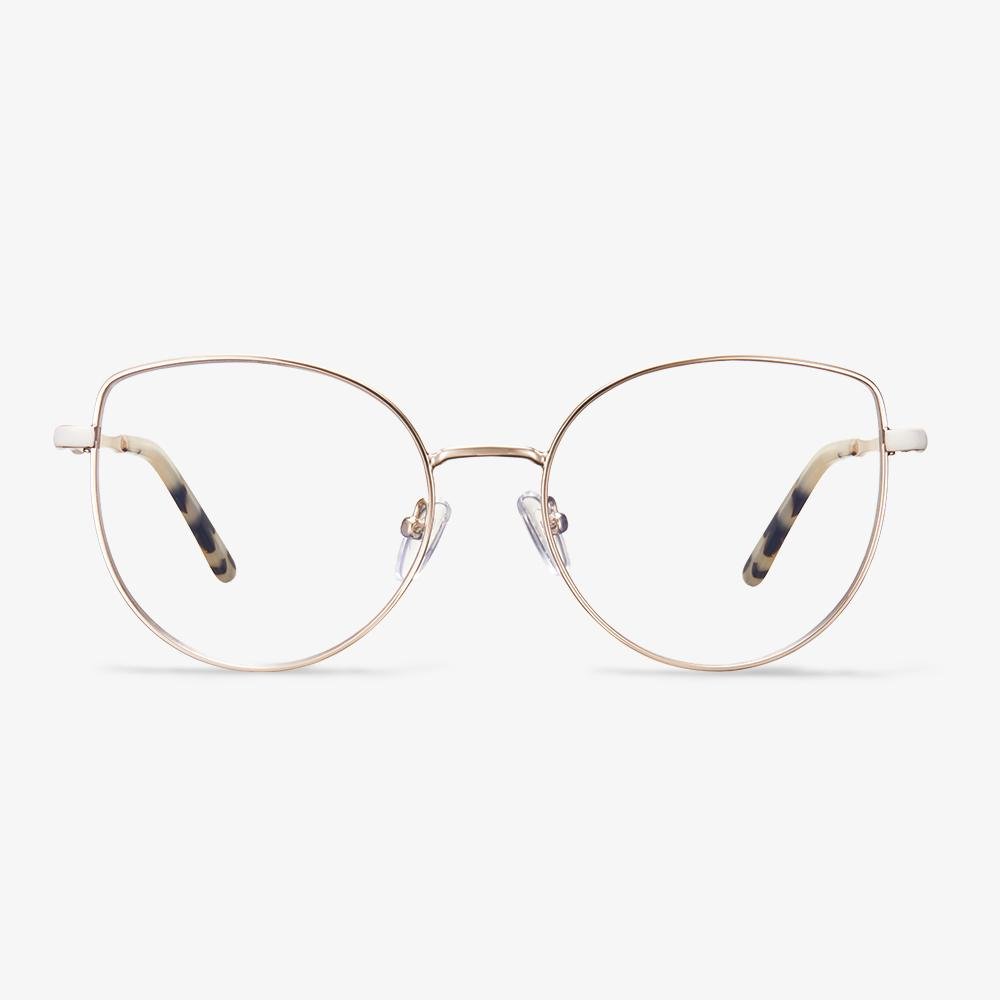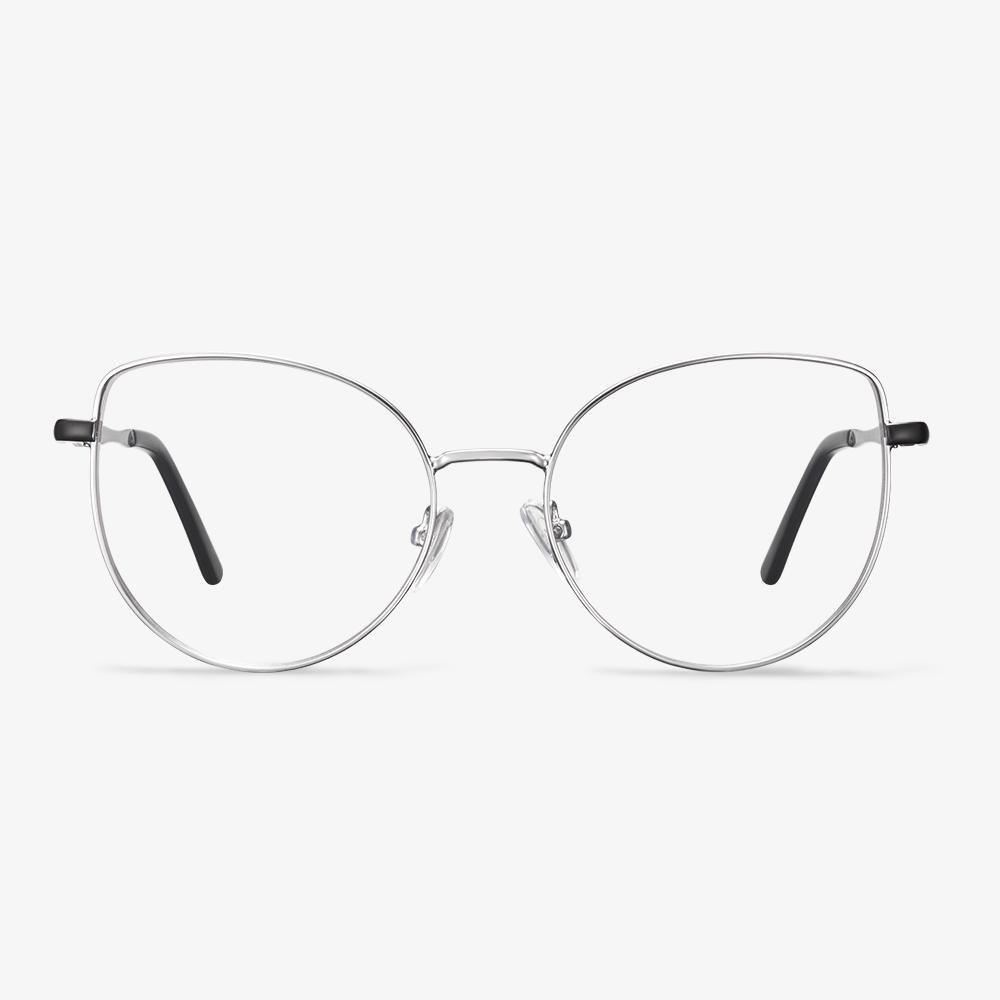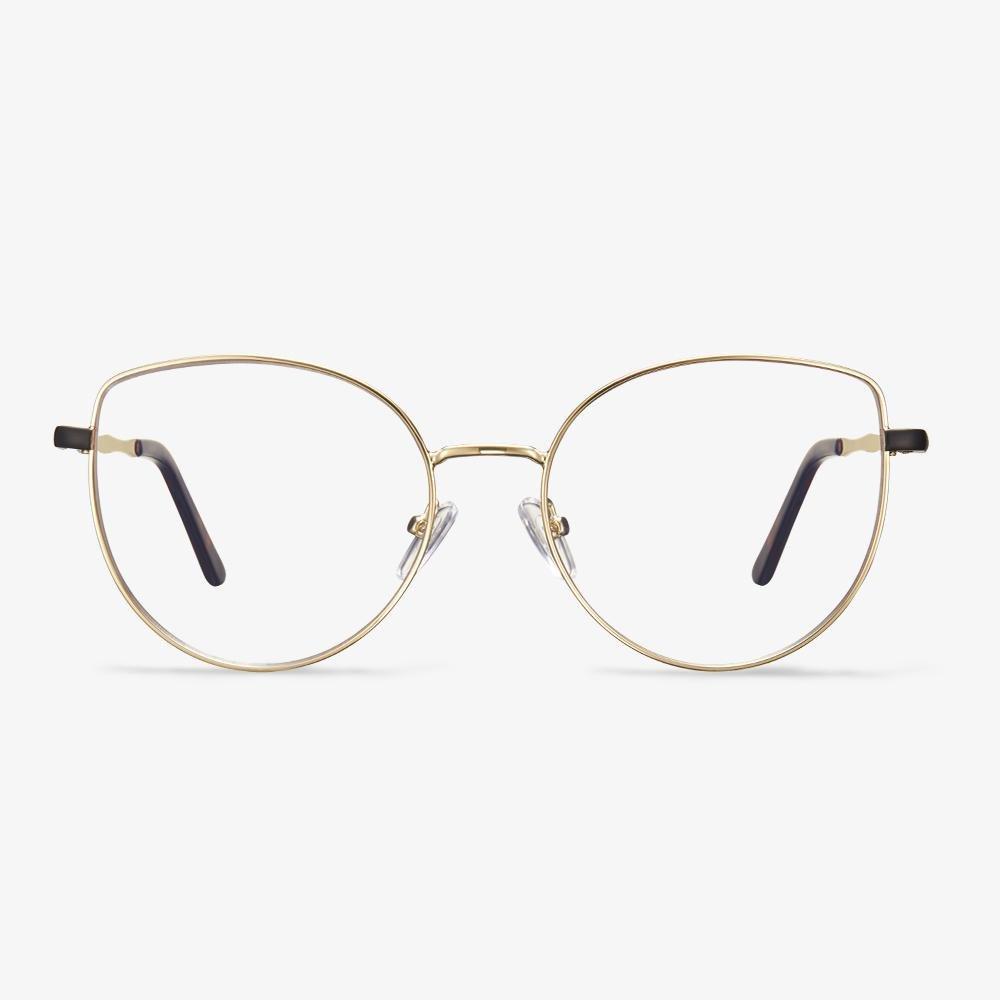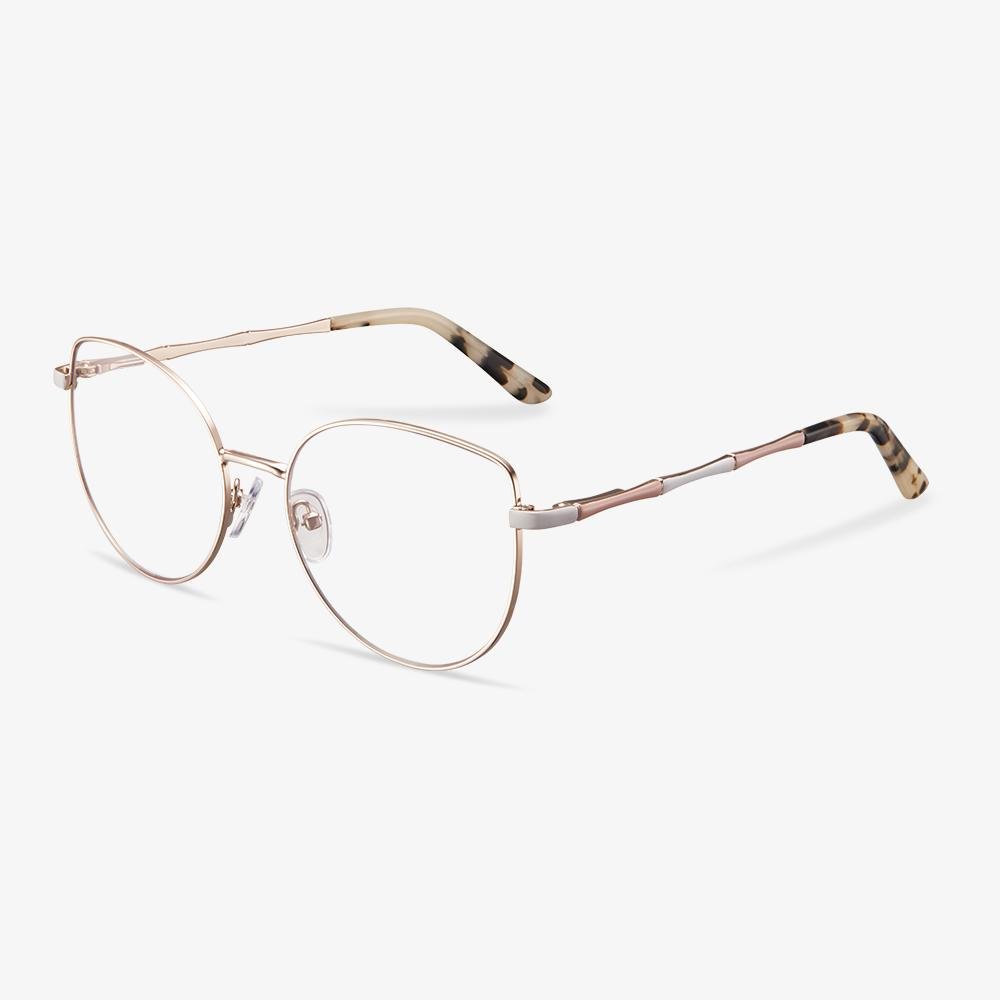Best Eyeglasses For Women - Chanel
Chanel glasses inherit the consistent tradition of Chanel brand. The elaborate design of the style can be clearly seen from its detailed carving, innovative technology, and excellent lines and contours. In addition to the elegant logo, the glasses themselves appeal to the public with their sharp silhouettes and avant-garde designs and colors. Chanel is the lofty yearning in the heart of every woman. Its thin and light frame, streamlined design, increasingly foil the wearer's eyes.
1.67 vs 1.74 High Index Lenses: What Are Their Differences?
In this section, we will show you the differences between 1.67 high index lenses and 1.74 high indexes.
- 74 high index lenses are thinner and lighter than 1.67 high index lenses.
- 74 high index lenses are expensive than the 1.67 high index lenses.
- Both 1.67 and 1.74 high index lenses can reduce the eye distortion caused by strong prescriptions, 1.74 high index lenses perform better than the 1.67 high index lenses.
- As for the color of lens, both come in clear, gray-tinted and brown-tinted, but only 1.67 high index lenses come in Transition brown or gray.
- 74 high index lenses are better for those looking for the thinnest lens possible. So, patients with extremely strong prescriptions chooses this.
- 67 high index lenses are better for those looking to save money or those who do not have extremely high prescriptions. They are also the only choice if you are looking to get Transitions.
From the above information, you can find the main differences between these two lenses are price, thickness, weight, color options and general appearance. Most people who choose 1.67 high index lenses generally either do not have an extremely high prescription or are shopping on a budget. 1.74 high index lenses, on the other hand, are the thinnest and lightest plastic lenses currently in existence.
What should be noticed about low bridge glasses?
At the same time, the weight of your frame should be evenly distributed across the bridge of your nose or on the nose pad of the frame. If the bridge sinks into your nose, either your nose pad needs to be adjusted better, or you need to find a frame with a wider bridge. In addition, the temple or handle of the glasses should be long enough to fit close to the ear. You should be able to move your head without slipping or slipping off your glasses. In short, for those with a lower nose, a triple match requires that the nose chassis have a thicker or adjustable nose pad, a narrower nose bridge, a wider nose bridge, and a shorter lens. If you have bought a plastic frame in the past or present, you should be able to find the size of your bridge on your current frame. Traditionally, the middle number corresponds to the measurement of the bridge. It is important to look at the position of the bridge on the frame.
What frames can you choose?
According to its style, the spectacle frame can be divided into full frame, half frame, no frame, and eyebrow frame, combination frame, etc. They each have their own characteristics, but have their own loyal fans, and give users more choice. It is recommended that consumers who like broad vision and light frames choose rimless or half-frame glasses. The young and fashionable people choose the ever-changing full-frame frames. There are also people who like ornamented frames, such as print flow pattern small carving, and so on, and these details on the treatment of different styles of glasses frames have the icing on the cake.
What are keyhole glasses used for?
The keyhole distributes the weight of the glasses to one side of the nose rather than the top. It's a good choice for those with broad noses. Due to the lack of support at the top, the keyhole design will result in the frame being positioned lower than the saddle bridge frame. If you find that your saddle frame causes your eyes to be located just below the center of the lens area, you may try a wider frame or opt for a keyhole design.
Blue light in electronic products
In addition to the blue light that exists in natural light, LED energy-saving lamps, fluorescent lamps, computer monitors, mobile phones, and other digital products will emit blue light because of the use of light-emitting diode LED technology. Some people think that blue light hurts the eyes because blue light is not absorbed by the cornea and lens like ultraviolet light. The blue light can pass through the refractive medium of the eye to reach the retina, and then be absorbed by the pigment epithelium of the retina, which will cause aging and functional degradation of the retina over time.
The eyes also have many protection mechanisms, such as squinting, pupil contraction, lutein contained in the macula of the retina, and the retina's own antioxidant repair mechanism, which protect our eyes from blue light damage. And after scientific testing, it is found that the blue light emitted by electronic products is only several hundredths of the intensity of blue light in natural light. This means that as long as the electronic products are not used continuously every day (for example, more than 8-10 hours a day), the blue light will not cause obvious damage to the eyes.
What Are Glasses Without Prescription?
Nowadays, some people wear glasses not only just for correcting their vision, but also for fashion. However, for those people who do not have any eye conditions such as nearsightedness, farsightedness or astigmatism, they can wear glasses without prescription.
Glasses without prescription, also called non-prescription glasses or clear lens glasses, work as a fashion statement to add style to your wardrobe. They also may serve a purpose if they have blue light blocking lenses.
Throughout the years, many people choose to wear glasses without prescription to improve their look. This trendy accessory is a reality available in a range of designs, colors and materials that can add just the right touch to your outfit.
It is important to note non-prescription glasses have zero corrective power whatsoever, while non-prescription reading glasses offer some level of magnification, enlarging what you see up-close.




